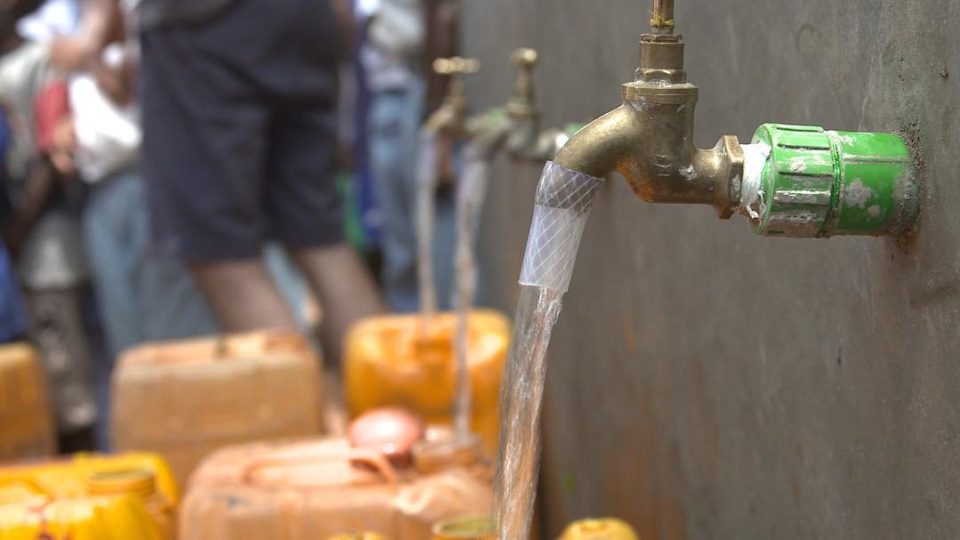Turning seawater into drinking water is an energy-intensive process and is therefore pretty expensive. Worldwide, one third of people don’t have reliable access to safe drinking water and they are the least able to afford expensive ways to get it. By 2025, half of the world’s population is expected to live in water-stressed areas.
At a newly-constructed facility in Kenya, a nonprofit company called GivePower has built a desalination system that runs on solar power. The system started operating in the coastal area of Kiunga in July 2018 and can create nearly 20,000 gallons of fresh drinking water each day – enough for 25,000 people.
GivePower started in 2013 as a nonprofit branch of SolarCity, the solar-panel company that ultimately merged with Tesla in 2016. However, GivePower spun off as a separate enterprise shortly before that.
GivePower mostly focuses on building solar-energy systems to provide electricity across the developing world.
Desalination technology is not new, but it is notoriously energy-intensive because it requires high-power pumps. The GivePower system is integrated with a solar microgrid that makes use of Tesla batteries to store energy for when the sun is not shining.
Local residents pay about a quarter of one cent for every quart of water from the system. The Kiunga community has faced ongoing drought and before the GivePower system was installed, was forced to drink from salt water wells, which present serious health risks.
The GivePower system cost $500,000 to build and is expected to generate $100,000 a year, to be eventually used to fund similar facilities in other places.
**********
Web Links
Photo courtesy of GivePower.
Earth Wise is a production of WAMC Northeast Public Radio.

